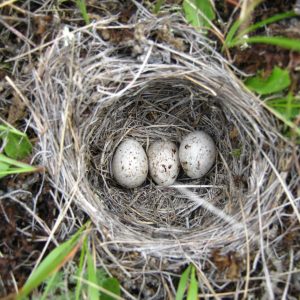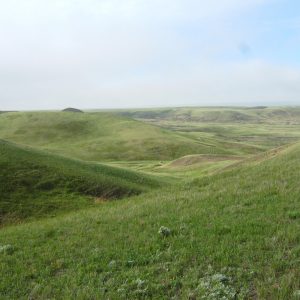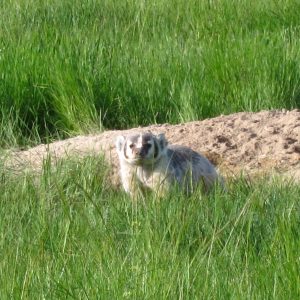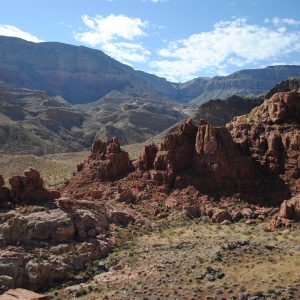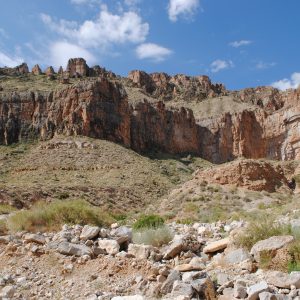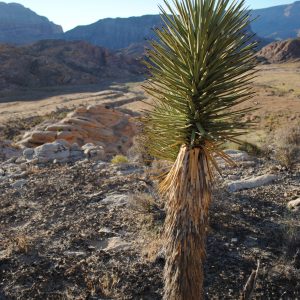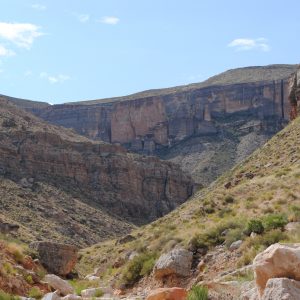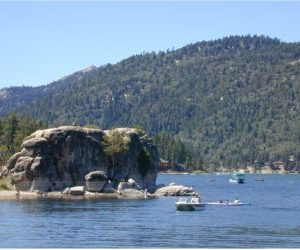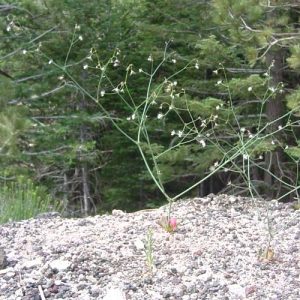Greetings from Rock Springs, WY! I’ve been here now for a few months and as I reflect on what I’ve accomplished I’ve realized that it’s a new season for me and I’m glad that I’ve spent it doing the Seeds of Success program.
Spring time is always a time of new beginnings and growth. I feel like my life has been paralleling this wonderful time of year. This internship has allowed me to grow and start off in the best direction possible. It really is a job that will help to shape you and send you on your way. I can see how the experiences I’ve gained here will help me in the future. These internships will help you to become more confident in yourself and will help you get an up close look at what you would like to do with your life.

They call this the birthing rock. They think the hand prints are from years of Native American women coming to this rock and placing thier hands on it while giving birth.
So far I’ve been here for over two months and I’m having a really great time. My job consists of driving to areas of large plant populations and collecting seeds. While out and about on these dirt roads you never know what you will come across. (I’ve seen so much wildlife, not to mention the wildflowers! I also had to change a blown tire one day and pull out a man who had gotten himself stuck.) The BLM employees have also been a big help. I’m not an expert (yet) so sometimes it’s frustrating coming up with big enough plant populations and finding areas. Several of the staff here have come up to my partner and me and pointed out spots to us that they have found. It has been a huge help and has kept us really busy.
If you are thinking about this internship, but are having some doubts. My advice is to just apply, just do it! My experience so far is that I have great roommates and a great place to stay, the people you work with are nice and will help you out. You will never have a better opportunity to experience the outdoors, improve/ test yourself, and learn skills that will help you in your future. Everyone you will work with wants you to succeed and you have it within yourself to make this an amazing opportunity. I’ve come to love this area and I know that I will miss it when I leave. Here’s to many more spring times in my life,



